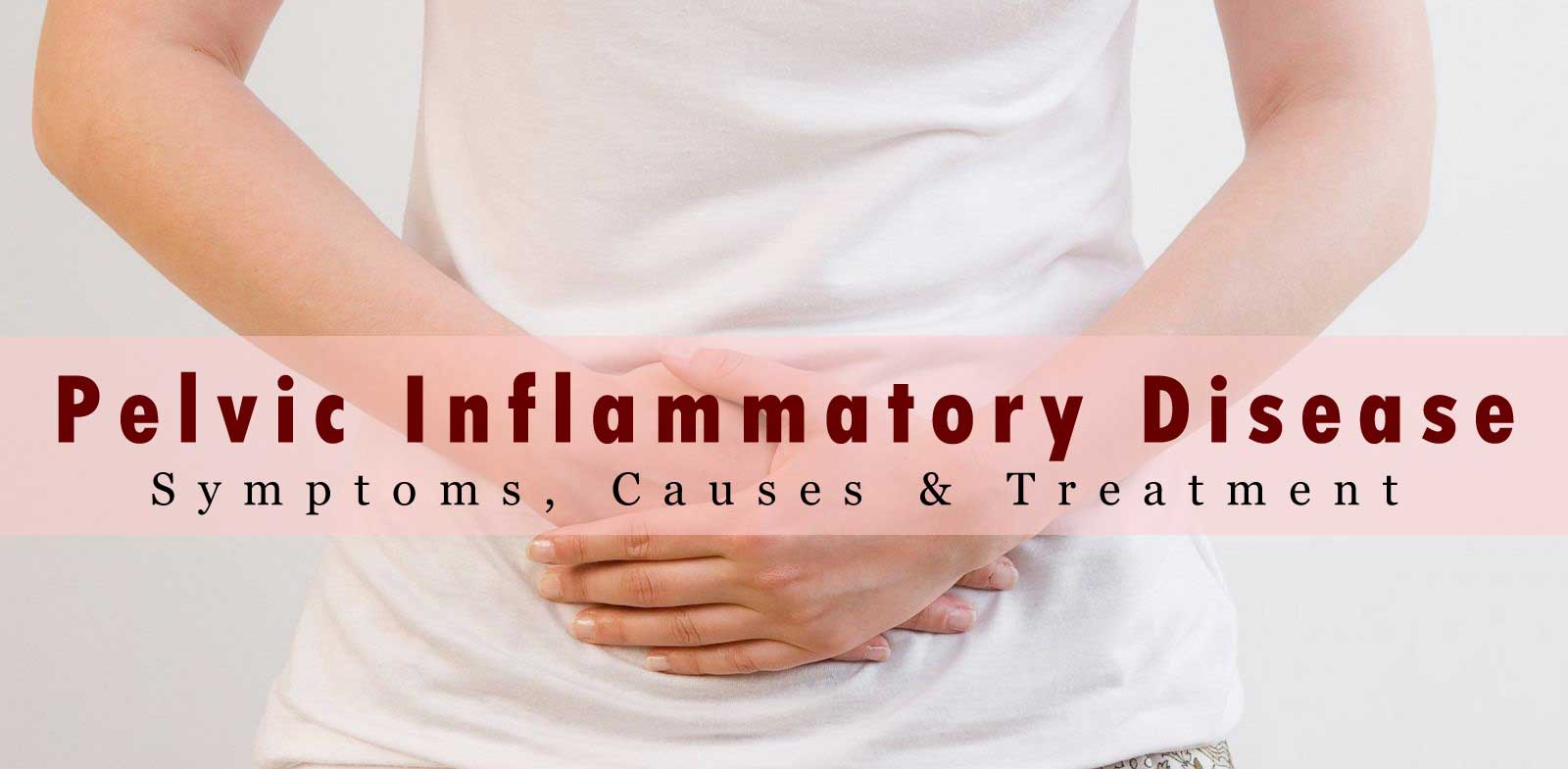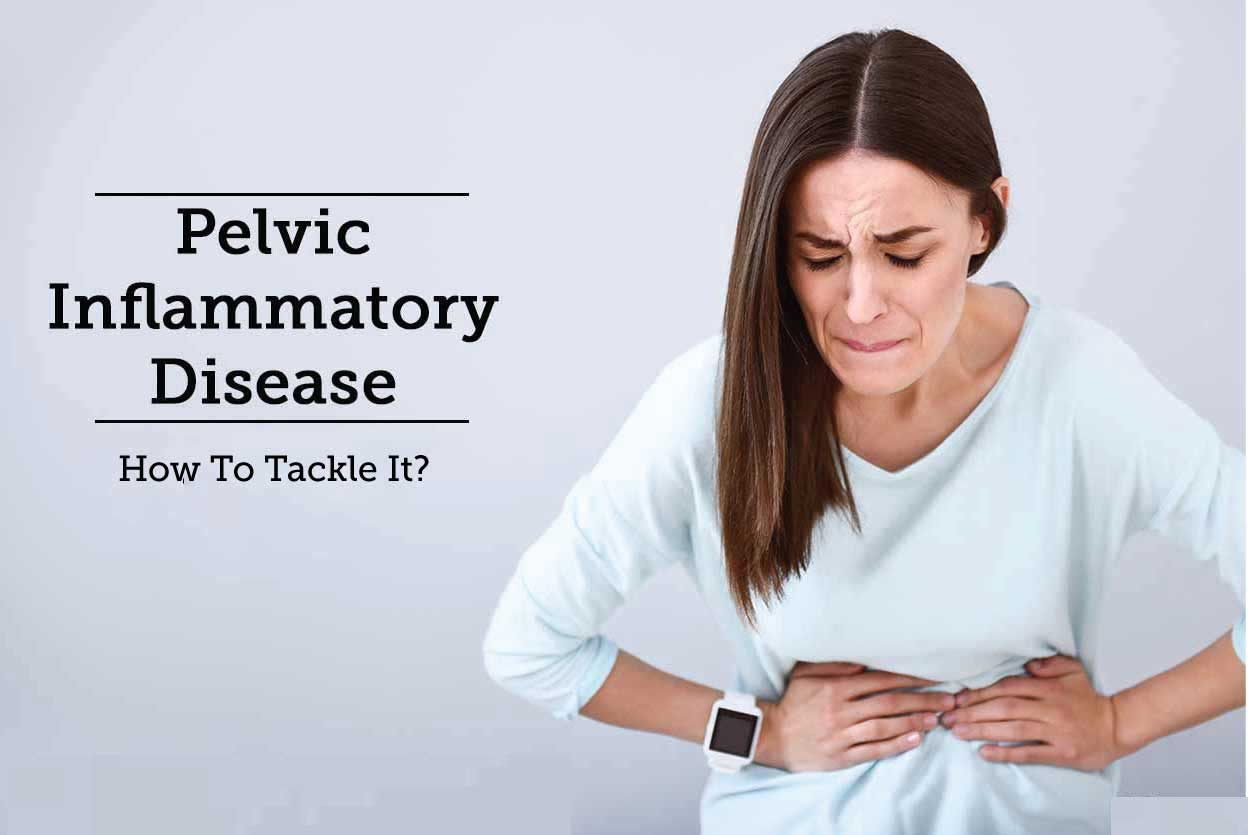WHAT IS PELVIC INFLAMMATORY DISEASE?
Pelvic inflammatory disease (PID) also known as a pelvic infection is an infection of a woman’s reproductive organs. It most usually happens when sexually transmitted bacteria spread from your vagina to your uterus, fallopian tubes, or ovaries.
The signs and symptoms of pelvic inflammatory disease (PID) could be subtle or mild. Some women do not experience any signs or symptoms. As a result, you may not realize you have it until you have trouble getting pregnant or you develop chronic pelvic pain.

PELVIC INFLAMMATORY DISEASE SYMPTOMS
The signs and symptoms of pelvic inflammatory disease (PID) may be mild and hard to recognize. Certain females do not have any signs or symptoms. When signs and symptoms of PID are present, they most usually include:
- Pain — ranging from mild to severe — in your lower abdomen or stomach and pelvis
- Abnormal or heavy vaginal discharge that might have an unpleasant odor
- Abnormal uterine bleeding, particularly during or after intercourse, or between menstrual cycles
- Pain during intercourse
- Fever, sometimes with chills
- Painful, frequent, or difficult urination
WHEN SHOULD YOU SEE A DOCTOR?
See your doctor or look for urgent medical care if you experience:
- Serious pain low in your abdomen
- Nausea and vomiting, with the inability to keep anything down
- Fever, with a temperature greater than 101 F (38.3 C)
- Foul vaginal discharge
If you have signs and symptoms of PID that are not severe, still see your doctor as soon as possible. Vaginal discharge with an odor, painful urination, or bleeding between menstrual cycles could also be symptoms of a sexually transmitted infection (STI). If these signs and symptoms happen, prevent having sex and see your doctor soon. Prompt treatment of a sexually transmitted infection (STI) could help prevent PID.

PELVIC INFLAMMATORY DISEASE CAUSES
Many types of bacteria could cause PID, but gonorrhea or chlamydia infections are the most common. These bacteria are generally acquired during unprotected sex.
Less commonly, bacteria could enter your reproductive tract anytime the normal barrier created by the cervix is disturbed. This could occur during menstruation and after childbirth, miscarriage, or abortion. Rarely, bacteria could also enter the reproductive tract during the insertion of an intrauterine device (IUD) — a form of long-term birth control — or any medical procedure that involves inserting instruments into the uterus.
PELVIC INFLAMMATORY DISEASE RISK FACTORS
A number of factors may increase your risk of pelvic inflammatory disease (PID), including:
- Being a sexually active female younger than 25 years old
- Having multiple sexual partners
- Being in a sexual relationship with someone who has more than one sex partner
- Having sex without a condom
- Douching frequently, which disturbs the balance of good versus harmful bacteria in the vagina and may mask symptoms
- Having a history of pelvic inflammatory disease (PID) or a sexually transmitted infection (STI)
There is a small increased risk of pelvic inflammatory disease (PID) after the insertion of an intrauterine device (IUD). This risk is usually confined to the first three weeks after insertion.
PELVIC INFLAMMATORY DISEASE COMPLICATIONS
Untreated PID may cause scar tissue and pockets of infected liquid (abscesses) to develop in the reproductive tract. These could cause permanent damage to the reproductive organs.
Complications from this damage may include:
- Ectopic pregnancy – Pelvic inflammatory disease (PID) is a major cause of tubal (ectopic) pregnancy. An ectopic pregnancy could happen when untreated pelvic inflammatory disease (PID) has caused scar tissue to develop in the fallopian tubes. The scar tissue stops the fertilized egg from making its way through the fallopian tube for implantation into the uterus. Instead, the egg implants into the fallopian tube. Ectopic pregnancies could cause massive, life-threatening bleeding and need emergency medical attention.
- Infertility – Damage to your reproductive organs might cause infertility — the inability to become pregnant. The more times you have had the pelvic inflammatory disease (PID), the higher your risk of infertility. Delaying treatment for the pelvic inflammatory disease (PID) also dramatically increases your risk of infertility.
- Chronic pelvic pain – Pelvic inflammatory disease (PID) could cause pelvic pain that may last for months or years. Scarring in your fallopian tubes and the other pelvic organs could cause pain while having sexual intercourse and ovulation.
- Tubo-ovarian abscess – Pelvic inflammatory disease (PID) may cause an abscess — a collection of pus — to form in your reproductive tract. Most frequently, abscesses usually affect the fallopian tubes and ovaries, but they could also develop in the uterus or in the other pelvic organs. If an abscess is left untreated, you can develop a life-threatening infection.

PELVIC INFLAMMATORY DISEASE PREVENTION
To lower your risk of pelvic inflammatory disease:
- Practice safe sex – Use condoms every time you have sexual intercourse, limit your number of partners and ask about a potential partner’s sexual history.
- Talk to your doctor about contraception – Many types of contraception do not protect against the development of PID. Using barrier methods, like a condom, helps to reduce your risk. Even if you take birth control pills, use a condom every time you have sexual intercourse with a new partner to protect against STIs.
- Get tested – If you are at risk of an STI, make an appointment with your doctor for testing. Set up a regular screening schedule with your doctor if required. Early treatment of an STI gives you the best chance of circumventing PID.
- Request that your partner be tested – If you have a pelvic inflammatory disease or a sexually transmitted infection (STI), advise your partner to be tested and treated. This could prevent the spread of STIs and the possible recurrence of PID.
- Do not douche – Douching disturbs the balance of bacteria in your vagina.
PELVIC INFLAMMATORY DISEASE DIAGNOSIS
There is no one test that could accurately diagnose pelvic inflammatory disease (PID). Instead, your doctor will depend on a combination of findings from:
- Your medical history – Your doctor will probably ask about your sexual habits, history of sexually transmitted infections (STIs), and method of birth control.
- Signs and symptoms – Tell your doctor about any symptoms you are experiencing, even if they are mild.
- A pelvic examination – During the examination, your doctor will check your pelvic region for tenderness and inflammation. Your doctor might also use cotton swabs to take fluid samples from your vagina and cervix. The specimens will be tested at a laboratory for signs of infection and organisms like gonorrhea and chlamydia.
- Blood and urine tests – These tests might be used to test for pregnancy, human immunodeficiency virus (HIV), or other sexually transmitted infections (STIs), or to measure white blood cell counts or other markers of infection or swelling.
- Ultrasound – This test uses sound waves to create pictures of your reproductive organs.
If the diagnosis is still unclear, your doctor might recommend additional tests, such as:
- Laparoscopy – During this procedure, your doctor inserts a thin, lighted instrument through a small incision in your abdomen to view your pelvic organs.
- Endometrial biopsy – During this procedure, your doctor inserts a slim tube into the uterus to remove a small sample of endometrial tissue. The tissue is tested for signs of infection and swelling.

PELVIC INFLAMMATORY DISEASE TREATMENT
Immediate treatment with medicine could get rid of the infection that causes pelvic inflammatory disease (PID). But there is no way to reverse any scarring or damage to the reproductive tract that pelvic inflammatory disease (PID) may have caused. Treatment for PID most usually includes:
- Antibiotics – Your doctor will prescribe a combination of antibiotics to begin immediately. After receiving your laboratory test results, your doctor may modify your prescription to better match what is causing the infection. You will likely follow up with your doctor after three days to ensure the treatment is working. Be sure to take all of your medication, even if you begin to feel better after a few days.
- Treatment for your partner – To prevent reinfection with a sexually transmitted infection (STI), your sexual partner or partners should be examined and treated. Infected partners may not have any visible symptoms.
- Temporary abstinence – Circumvent sexual intercourse until treatment is completed and symptoms have resolved.
If you are pregnant, severely sick, have a suspected abscess, or have not responded to oral medications, you may require hospitalization. You may receive intravenous (IV) antibiotics, followed by antibiotics you take by mouth.
Surgery is rarely required. Although, if an abscess ruptures or threatens to rupture, your doctor may drain it. You may also need surgery if you do not respond to antibiotic treatment or have a questionable diagnosis, like when one or more of the signs or symptoms of PID are absent.
If you or anyone you know is suffering from the pelvic inflammatory disease (PID), our expert providers at Zenith Injury Relief & Wellness Clinic will take care of your health and help you recover.
Call 972-210-0033 to schedule your appointment, and begin living your life pain-free.
